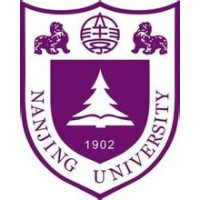Explicit Estimation of Magnitude and Phase Spectra in Parallel for High-Quality Speech Enhancement
Phase information has a significant impact on speech perceptual quality and intelligibility. However, existing speech enhancement methods encounter limitations in explicit phase estimation due to the non-structural nature and wrapping characteristics of the phase, leading to a bottleneck in enhanced speech quality. To overcome the above issue, in this paper, we proposed MP-SENet, a novel Speech Enhancement Network that explicitly enhances Magnitude and Phase spectra in parallel. The proposed MP-SENet comprises a Transformer-embedded encoder-decoder architecture. The encoder aims to encode the input distorted magnitude and phase spectra into time-frequency representations, which are further fed into time-frequency Transformers for alternatively capturing time and frequency dependencies. The decoder comprises a magnitude mask decoder and a phase decoder, directly enhancing magnitude and wrapped phase spectra by incorporating a magnitude masking architecture and a phase parallel estimation architecture, respectively. Multi-level loss functions explicitly defined on the magnitude spectra, wrapped phase spectra, and short-time complex spectra are adopted to jointly train the MP-SENet model. A metric discriminator is further employed to compensate for the incomplete correlation between these losses and human auditory perception. Experimental results demonstrate that our proposed MP-SENet achieves state-of-the-art performance across multiple speech enhancement tasks, including speech denoising, dereverberation, and bandwidth extension. Compared to existing phase-aware speech enhancement methods, it further mitigates the compensation effect between the magnitude and phase by explicit phase estimation, elevating the perceptual quality of enhanced speech.





